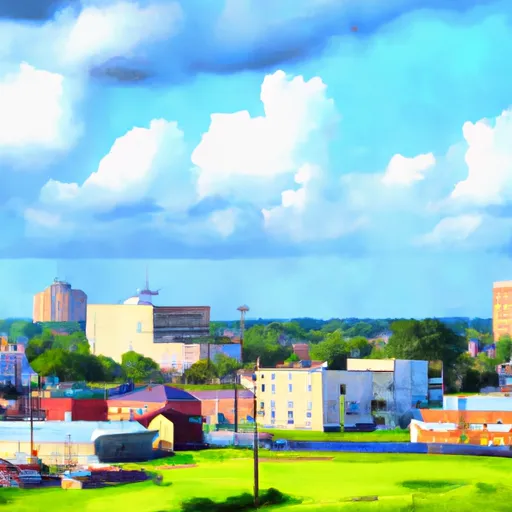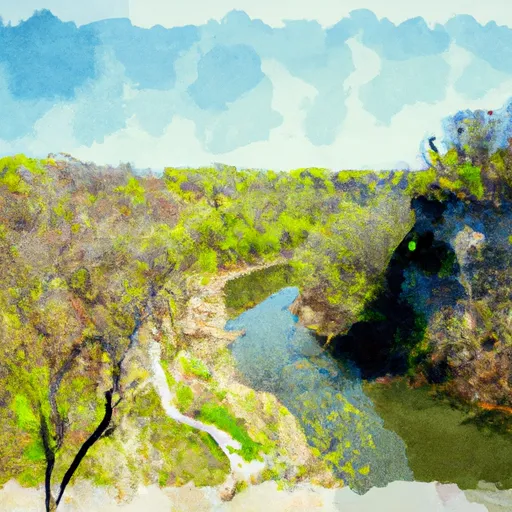°F
°F
mph
Windspeed
%
Humidity











Lockport, Louisiana is a charming small town located in Lafourche Parish. It enjoys a humid subtropical climate with hot summers and mild winters. Summers are typically hot and humid with temperatures ranging from the mid-80s to 90s°F, while winters are mild with temperatures averaging in the 50s°F.
Hydrology plays a significant role in Lockport, thanks to its proximity to the Gulf of Mexico and the Bayou Lafourche. The area is known for its rich wetlands, marshes, and bayous, making it a prime spot for fishing and boating enthusiasts. Lockport is also home to numerous hydrology constituents, including various species of fish, crabs, and shrimp, attracting both recreational and commercial fishermen.
Outdoor recreation opportunities in Lockport are abundant. Fishing is a popular activity, with anglers enjoying the challenge of catching redfish, speckled trout, and flounder. The bayou also offers opportunities for kayaking and canoeing, providing a peaceful and scenic experience. Nature enthusiasts can explore the nearby wildlife refuges and enjoy bird-watching or hiking along the nature trails.
Overall, Lockport offers a pleasant climate, diverse hydrology constituents, and ample opportunities for outdoor recreation, making it an appealing destination for nature lovers and outdoor enthusiasts.
Weather Forecast
Lockport receives approximately 1634mm of rain per year, with humidity levels near 90% and air temperatures averaging around 21°C. Lockport has a plant hardyness factor of 9, meaning plants and agriculture in this region tend to thrive here all year round.
Regional Streamflow Levels
26
Cubic Feet Per Second
459
Cubic Feet Per Second
146
Cubic Feet Per Second
2,020
Cubic Feet Per Second
Nearby Camping
| Camping Area | Reservations | Toilets | Showers |
|---|---|---|---|
| Washington State Park | |||
| Percy Quin State Park | |||
| Mississippi Petrified Forest | |||
| Lake Lincoln State Park | |||
| Bogue Chitto Water Park | |||
| St. Francois State Park |



